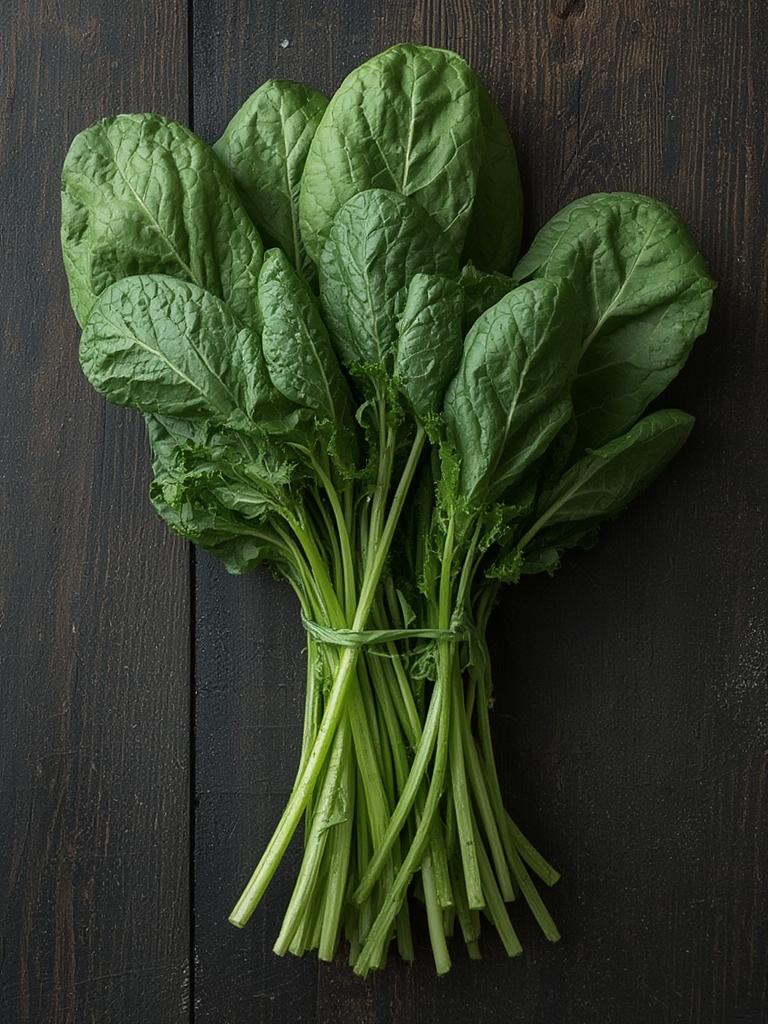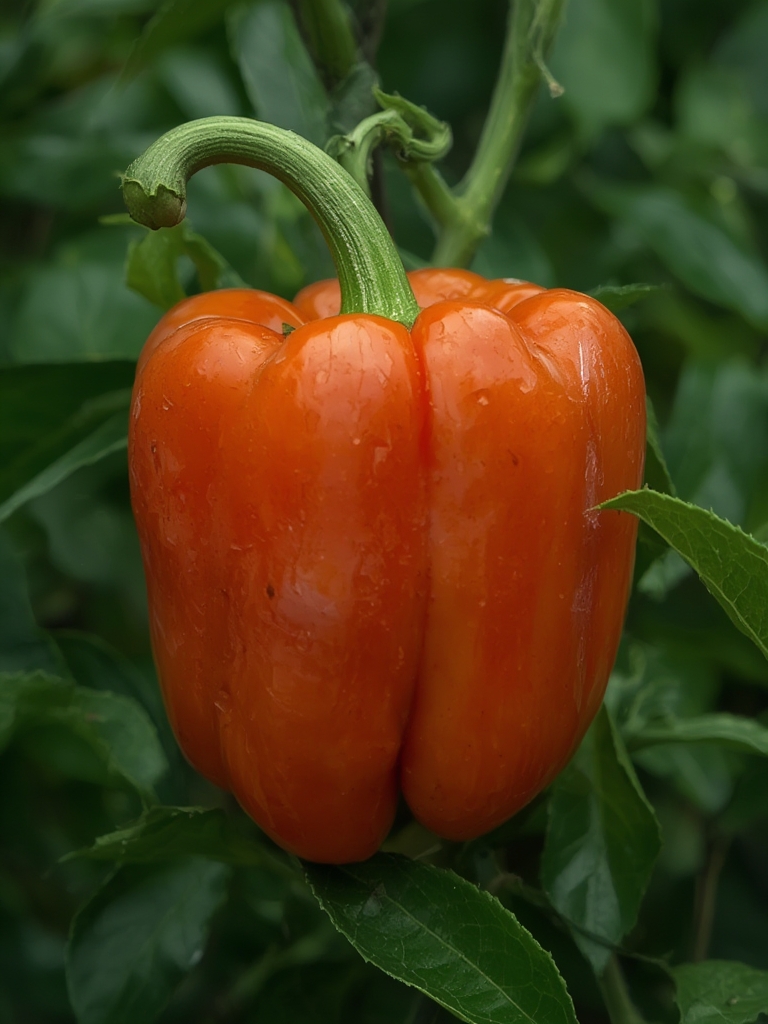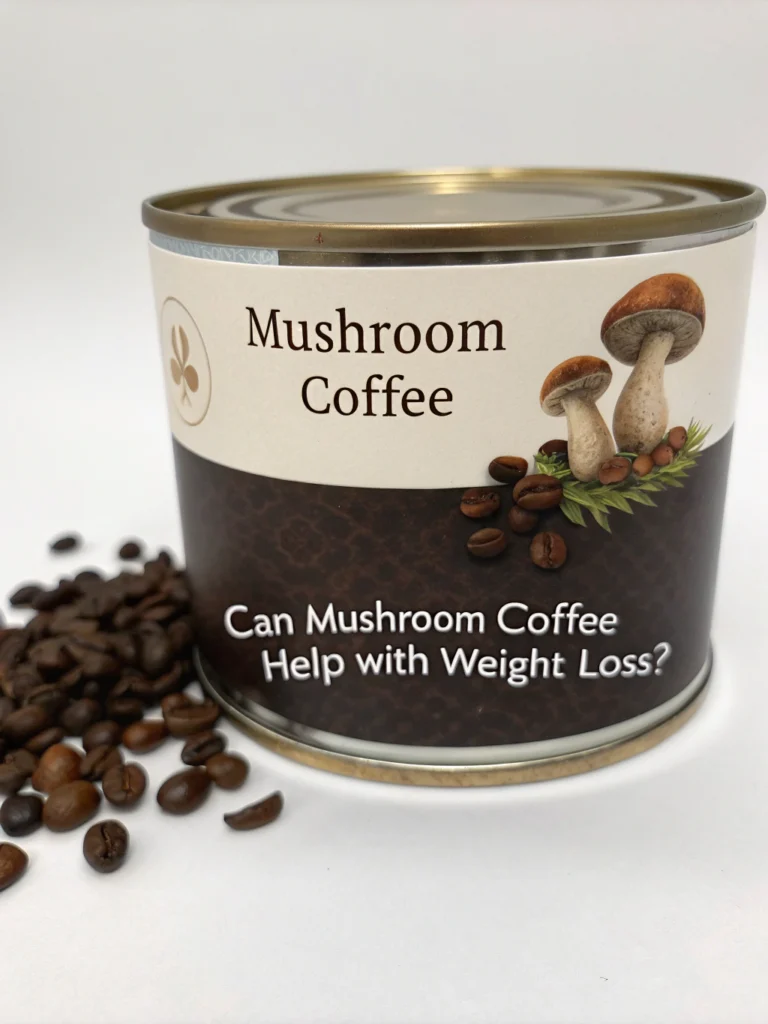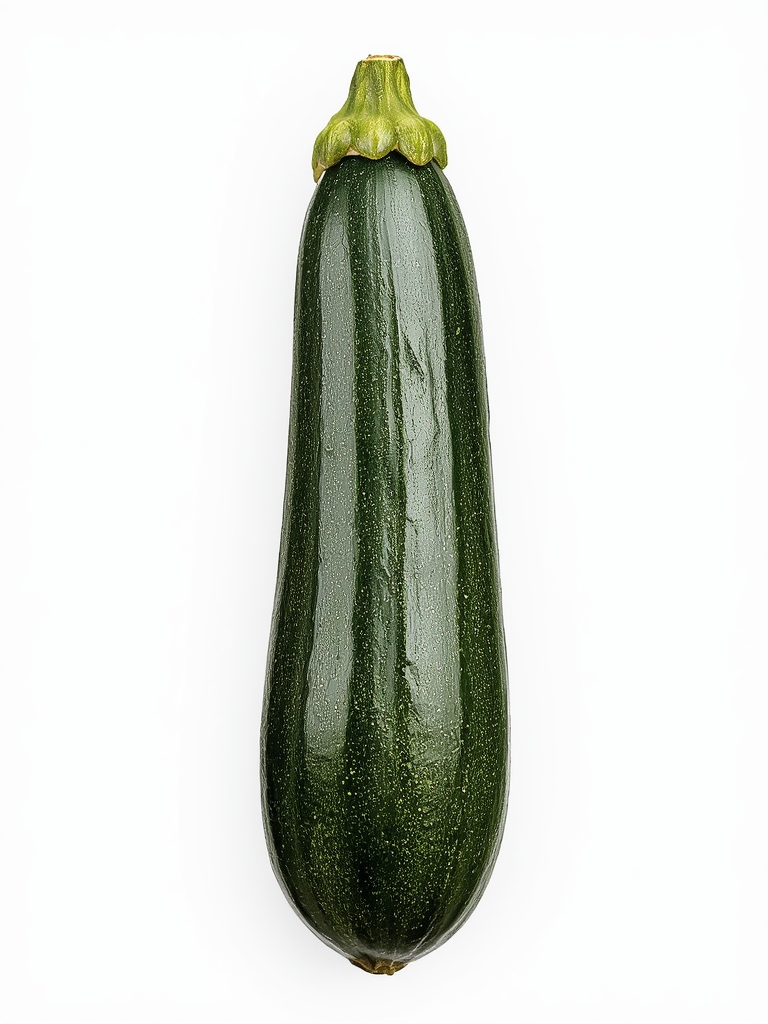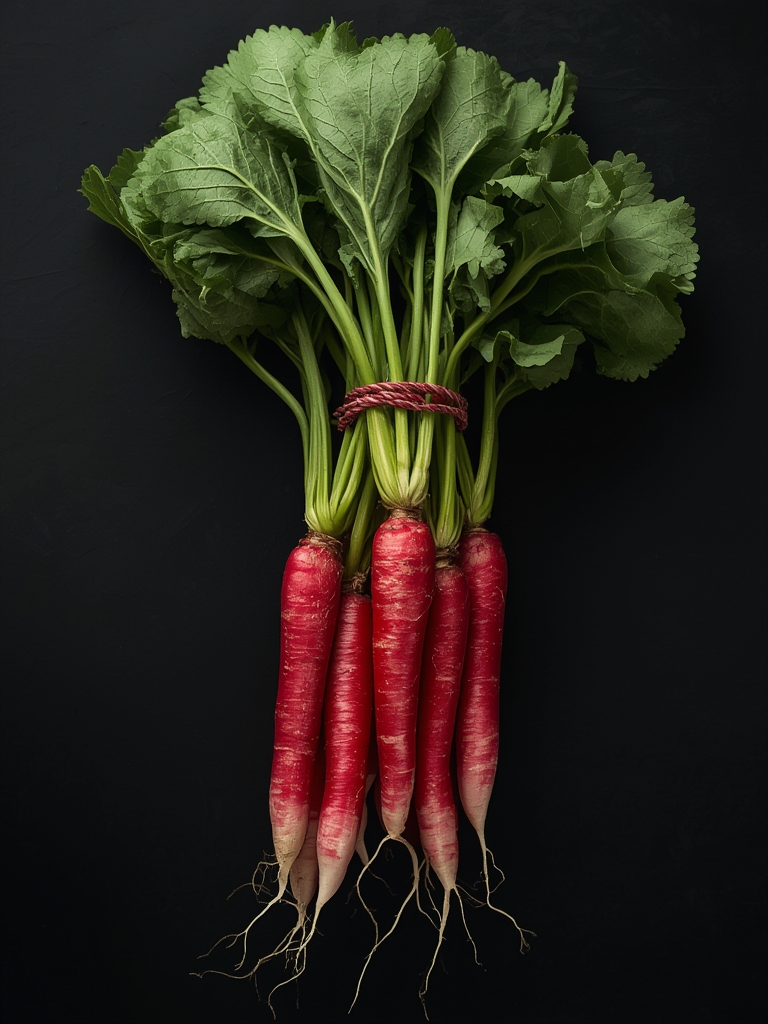How to Grow Healthy Broccoli
Ever wondered how to grow those perfect, nutrient-packed broccoli heads you see at farmers’ markets? Growing broccoli at home is not only rewarding but also ensures you have access to fresh, chemical-free vegetables right from your backyard. The satisfaction of harvesting your own garden broccoli is unmatched, especially when you see those tight, green florets ready for picking. This cool-season crop is packed with vitamins and minerals, making it a valuable addition to your garden and diet.
Materials & Supplies

To start your broccoli growing journey, you’ll need:
- Broccoli seeds or seedlings: Choose varieties suited to your climate (Calabrese, Destiny, or Belstar are popular choices)
- Garden soil or potting mix: Rich in organic matter with a pH between 6.0-7.0
- Containers or garden space: At least 12-16 inches deep with drainage holes if using containers
- Organic fertilizer: Balanced NPK or compost
- Watering can or irrigation system: For consistent moisture
- Garden trowel and gloves: For planting and maintenance
- Row covers or netting (optional): To protect from pests
- Mulch: Straw or wood chips to retain moisture and suppress weeds
Timing / Growing Schedule
Broccoli thrives in cool temperatures between 65-75°F (18-24°C). For spring crops, start seeds indoors 6-8 weeks before the last frost date. For fall harvests (often producing sweeter heads), sow seeds 85-100 days before your first fall frost. The complete growing cycle takes approximately 100-150 days from seed to harvest, with heads being ready for picking about 60-70 days after transplanting seedlings. Compared to other brassicas, broccoli matures faster than cabbage but slower than most leafy greens.
Step-by-Step Instructions

- Prepare your soil: Incorporate 2-4 inches of compost to create a nutrient-rich growing medium. Break up any clumps for smooth texture.
- Start seeds indoors: Plant seeds ¼ inch deep in seed-starting trays. Keep soil moist but not waterlogged. Maintain temperatures around 70°F for optimal germination.
- Harden off seedlings: Once seedlings have 4-5 true leaves, gradually expose them to outdoor conditions over 7-10 days to prevent transplant shock.
- Transplant carefully: Space plants 18-24 inches apart in rows 24-36 inches apart. Plant slightly deeper than they were in containers.
- Water consistently: Provide 1-1.5 inches of water weekly. Morning watering reduces disease risk.
- Apply mulch: Add a 2-3 inch layer around plants, keeping it away from stems to prevent rot.
- Monitor for pests: Check undersides of leaves regularly for cabbage worms or aphids.
- Harvest at peak: Cut the main head when florets are firm and tight, before yellow flowers appear. Harvest in the morning for best flavor.
Nutritional Benefits
Home-grown broccoli offers exceptional nutritional value with high levels of vitamin C, K, and A, plus fiber and antioxidants. Fresh broccoli contains more sulforaphane (a cancer-fighting compound) than store-bought varieties. Growing your own ensures maximum nutrition as vegetables begin losing nutrients immediately after harvest. Additionally, garden-fresh broccoli typically delivers superior taste with none of the bitterness sometimes found in older store varieties.
Tips, Alternative Methods, or Gardening Advice
For container gardening, select pots at least 12 inches deep and 18 inches wide. In hot climates, provide afternoon shade to prevent bolting. For continuous harvests, practice succession planting every 2-3 weeks. Try companion planting with herbs like dill or rosemary to naturally repel pests. In small spaces, choose mini varieties like “Happy Rich” or “Atlantis” that require less room to grow.
Common Mistakes to Avoid
- Planting timing errors: Planting too late in spring leads to heat stress and bolting. Solution: Follow your regional planting calendar strictly.
- Inconsistent watering: Irregular watering causes woody stems and bitter taste. Solution: Implement a consistent watering schedule.
- Overcrowding: Plants too close together produce smaller heads. Solution: Maintain proper spacing of 18-24 inches.
- Neglecting side shoots: After harvesting the main head, many gardeners discard plants. Solution: Continue harvesting smaller side shoots for weeks of additional yield.
Storage / Maintenance Tips
Store harvested broccoli unwashed in the refrigerator crisper drawer for up to 7 days. For longer storage, blanch and freeze florets for up to 12 months. Maintain plants by fertilizing lightly after main head harvest to encourage side shoot production. Remove yellowing leaves promptly to prevent disease spread. Apply a mid-season compost top-dressing to boost plant vigor and production.
Conclusion
Growing your own broccoli at home provides nutritional benefits, cost savings, and gardening satisfaction that store-bought varieties simply can’t match. With proper timing, consistent care, and attention to detail, you’ll enjoy abundant harvests of this superfood vegetable. Why not start planning your broccoli patch today? Share your growing experiences in the comments or explore our other vegetable gardening guides for more inspiration.
FAQs
How long does broccoli take to grow from seed to harvest?
Broccoli typically takes 100-150 days from seed to harvest, with transplanted seedlings producing heads in 60-70 days.
Can I grow broccoli in containers?
Yes, broccoli grows well in containers at least 12 inches deep and 18 inches wide with proper drainage and regular watering.
Why did my broccoli flower before forming a head?
Premature flowering (bolting) usually occurs when temperatures rise too high. Plant earlier in spring or later for fall harvests to avoid summer heat.
How do I control cabbage worms on my broccoli plants?
Use row covers for prevention, hand-pick visible worms, or apply BTK (Bacillus thuringiensis var. kurstaki), an organic pest control option that targets caterpillars without harming beneficial insects.


